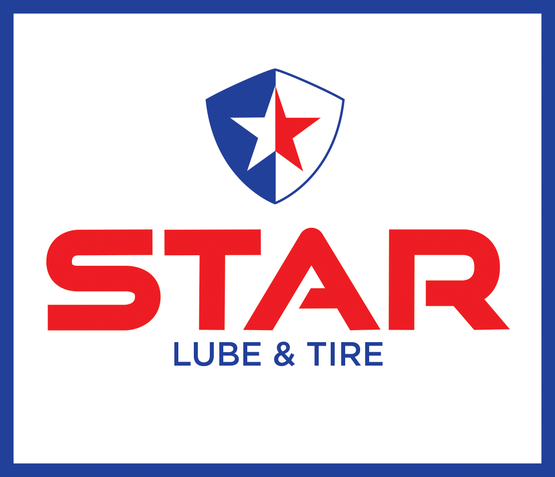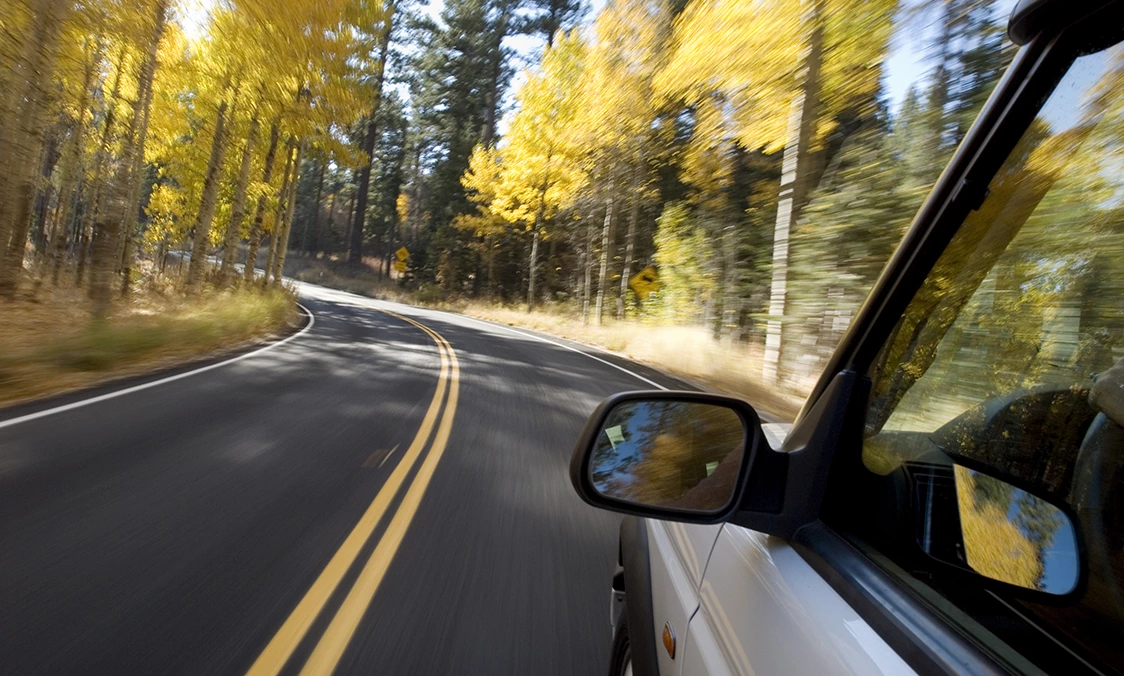Automotive Tips from Star Lube Branson: Where Should New Tires Be Placed
March 5, 2023
When Branson drivers need to replace tires, they need to know how many they should get and on which axle they should be placed. Replacing a damaged tire may leave you with three others with significant wear, which could affect your traction control, stability control and anti-lock brake systems.
If you can’t afford to replace all four tires at once, you should at least replace two on the same axle. New tires should always be put on the rear axle for stability in slippery conditions. Your friendly and professional Star Lube Branson tire professional can help you know when your worn tires should be replaced, if you can have a damaged tire repaired as well as selecting the right tires for your needs.
Give us a call.
Star Lube Branson
598 State Hwy 165
Branson, MO 65616
417-239-2886
https://www.starlubebranson.com
Need Service?
More articles from Star Lube & Tire of Branson

Differential Service
November 2, 2025
When you're driving and turn a corner, you probably aren't aware of all that's going on with your wheels. The outside wheels have a longer distance to travel than the inside wheels, so there are gears that allow the wheels to go at different speeds when you turn. That set of gears is called a d... More

Before You Buy that Used Vehicle (Having a Used Car Inspected Before Buying)
October 27, 2025
Let's face it. New vehicles are expensive, so finding a good used one can save drivers a lot of money. It's tempting to look through ads, find a private seller who has what you're looking for and pay a price you think is a great deal. But when you go over to look at a used car, do you really k... More

Distracted Driving
October 23, 2025
When asked, most people think they are good at multi-tasking. Scientific studies, however, reveal that only around 2% of the population can truly demonstrate the capacity to effectively multi-task. For the rest of us who are not so biologically wired, no amount of practice can increase our effect... More








